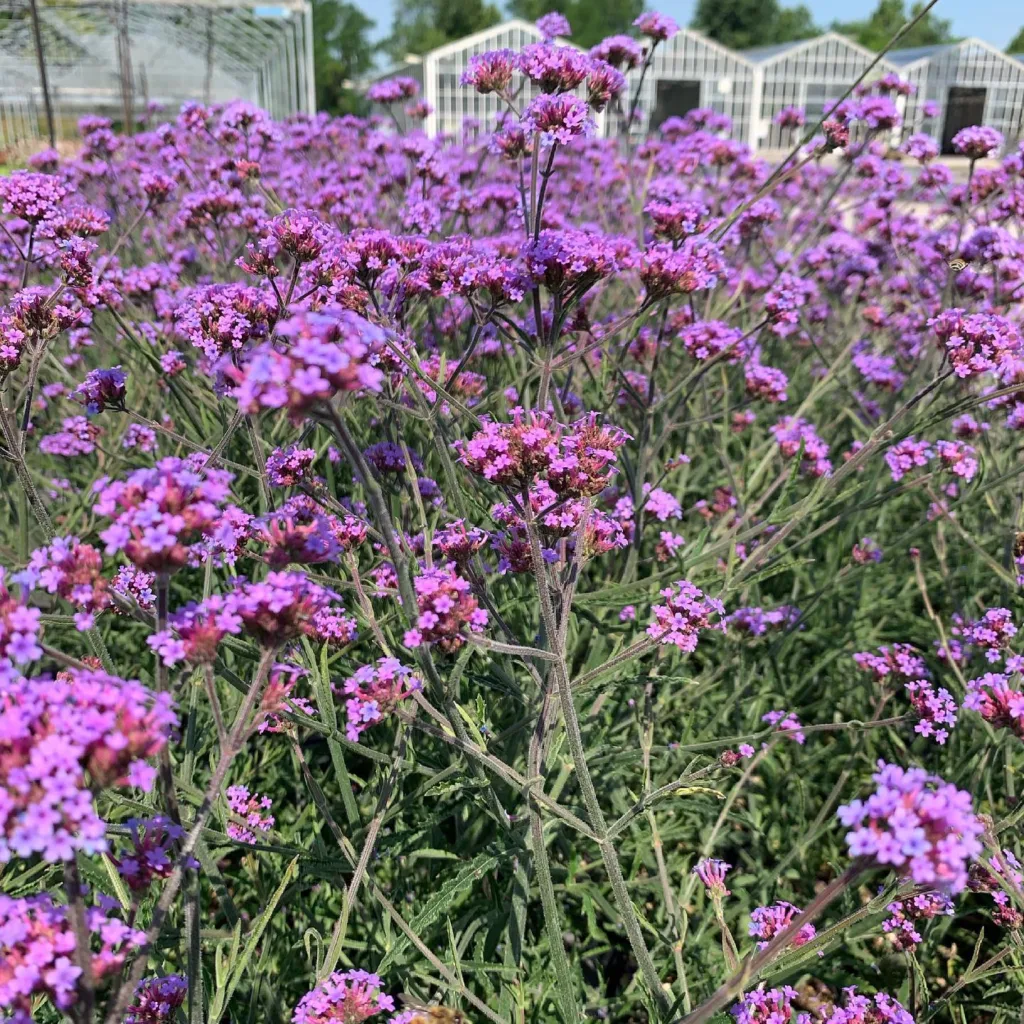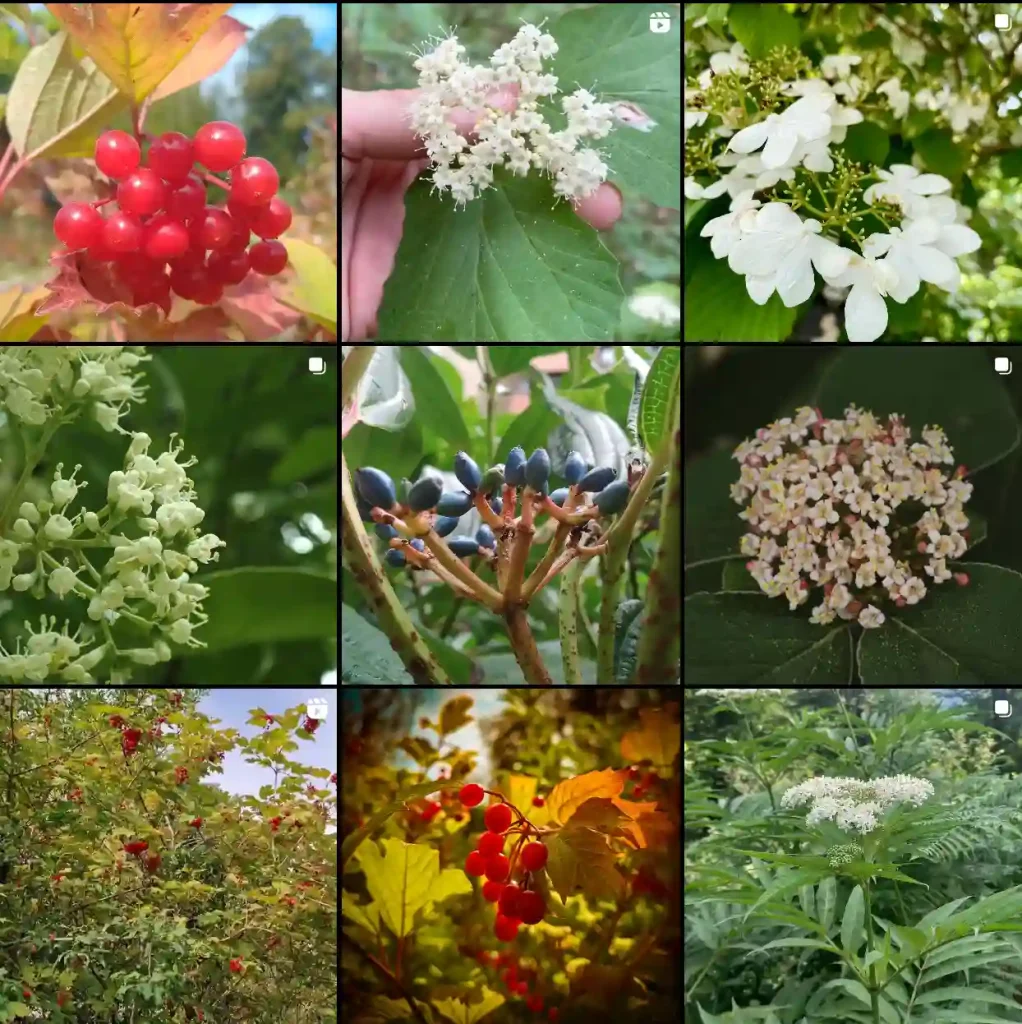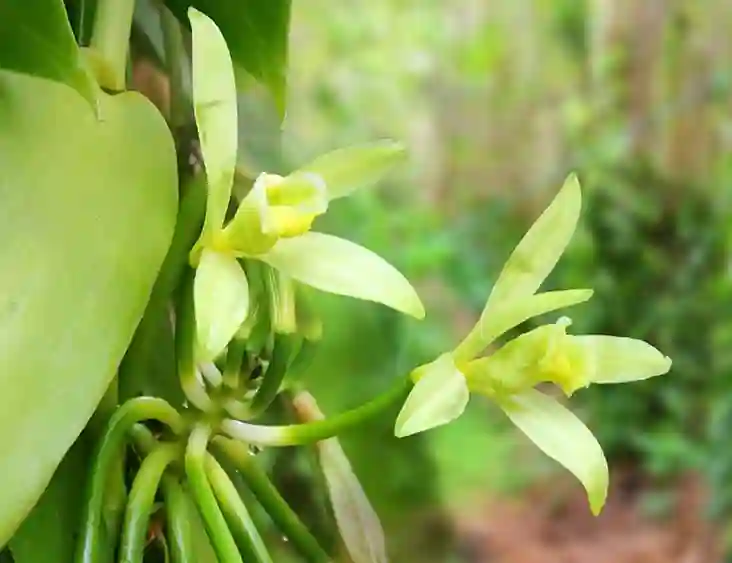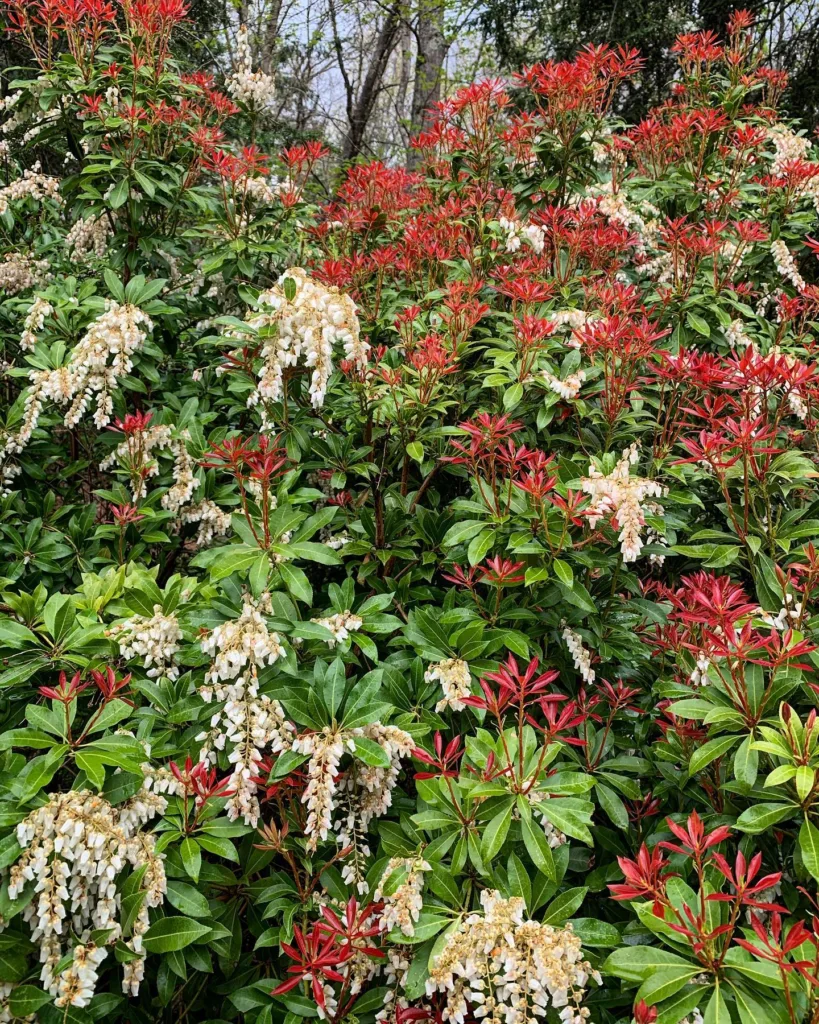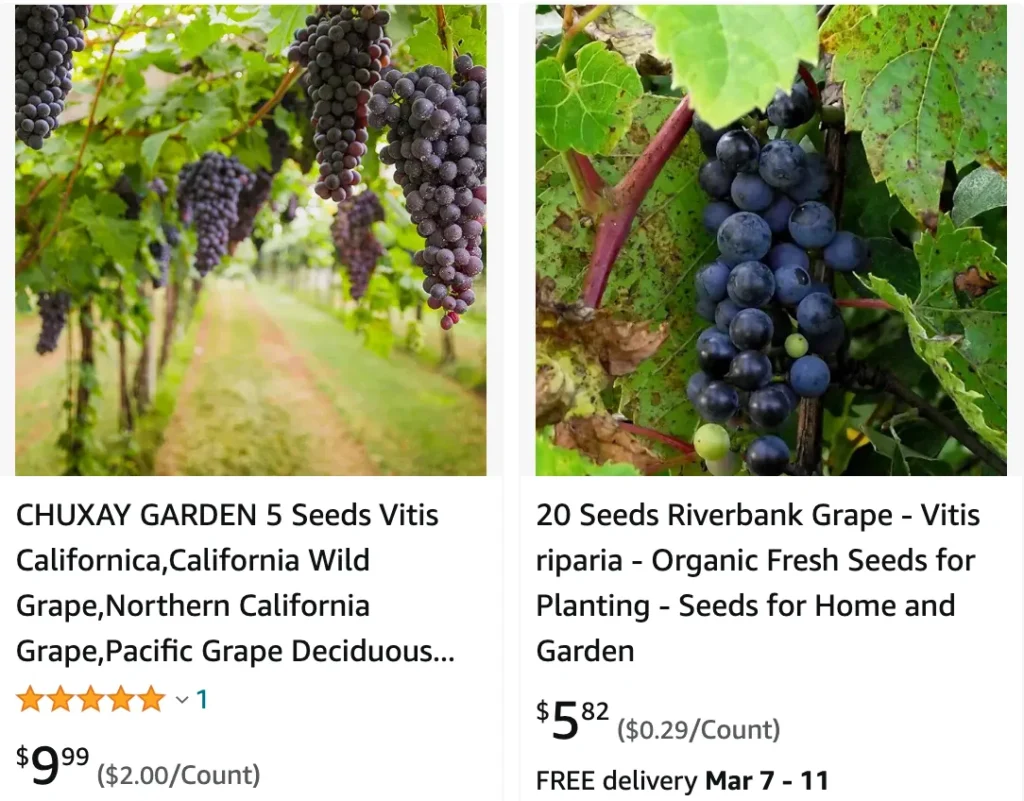
An Unexpected Encounter: The Allure of Vitis californica
The California sun beat down on my neck as I trekked through the foothills, the air thick with the scent of sunbaked earth and chaparral. My usual focus was on exotic flora, the kind you wouldn’t find in any backyard. But on this particular hike, a flash of emerald green caught my eye, snaking its way through the dry brush. It was a vine, and unlike the brittle, skeletal vines of the surrounding vegetation, this one pulsed with life. Lush, heart-shaped leaves unfurled from its woody tendrils, and a smattering of deep purple grapes peeked out from beneath. This, I soon learned, was Vitis californica, the California wild grape.
Intrigued, I knelt down to examine the plant more closely. The grapes, though smaller than their commercially cultivated cousins, were undeniably plump and juicy. A primal urge, a whisper of the past when humans relied on foraged bounty, stirred within me. Could these wild grapes be used for winemaking?
84 Species in Genus Vitis
What is Vitis californica?
Vitis californica, also known as the California wild grape, Northern California grape, or Pacific grape, is a native vine that drapes itself across the Californian landscape. Unlike the European Vitis vinifera, the foundation of most commercial wine grapes, Vitis californica thrives in the wild. It scrambles up hillsides, clings to canyon walls, and weaves through riparian zones, its presence a testament to the resilience of nature.
Can you make wine from Vitis californica?
The question of vinifying Vitis californica is an intriguing one. The grapes themselves are certainly edible, boasting a tart, slightly musky flavor. However, their suitability for winemaking presents a unique challenge.
For one, the wild grapes are smaller and have a higher seed-to-flesh ratio compared to cultivated varieties. This can lead to a harsher, more astringent final product. Additionally, the wild yeast strains present on the grape skins, while potentially interesting, can produce unpredictable and sometimes undesirable flavors in the wine.
However, there are those who embrace the challenge. Some adventurous winemakers are experimenting with Vitis californica, using techniques like co-fermentation with commercial yeast strains and extended maceration to coax out the potential of this wild grape. The resulting wines are said to be rustic and interesting, with unique flavor profiles that reflect the wild character of the grapes.
Beyond the Wine: The Allure of Vitis californica
While the potential for vinification is interesting, the significance of Vitis californica extends far beyond the realm of wine. This native vine plays a vital role in the Californian ecosystem. Its dense foliage provides vital cover for wildlife, and its fruits are a valuable food source for birds and mammals. Additionally, the root system of Vitis californica helps to stabilize slopes, preventing erosion and promoting healthy soil structure.
How to Care For Vitis californica?
For those interested in cultivating Vitis californica in their own backyards, it’s important to remember that this is a wild vine. It thrives on neglect, preferring well-drained soil and plenty of sunshine. While it can tolerate some irrigation, overwatering can lead to root rot.
If you do choose to cultivate Vitis californica, be prepared for its vigorous growth. This is a vine that will happily sprawl and climb, so providing a trellis or other support structure is essential. Pruning can be done in late winter to maintain the desired shape and encourage fruit production.
A Final Thought: A Respectful Harvest
Should you encounter Vitis californica in the wild and be tempted by its fruit, remember to be a responsible harvester. Take only what you need, leaving plenty for the wildlife that depend on it. Sustainable foraging ensures the continued existence of this fascinating native vine and the ecological web it supports.
The encounter with Vitis californica was a reminder of the hidden treasures that often lie right beneath our noses. This wild grape, with its untamed spirit and potential for both sustenance and exploration, serves as a testament to the enduring power of nature.
If i die, water my plants!
